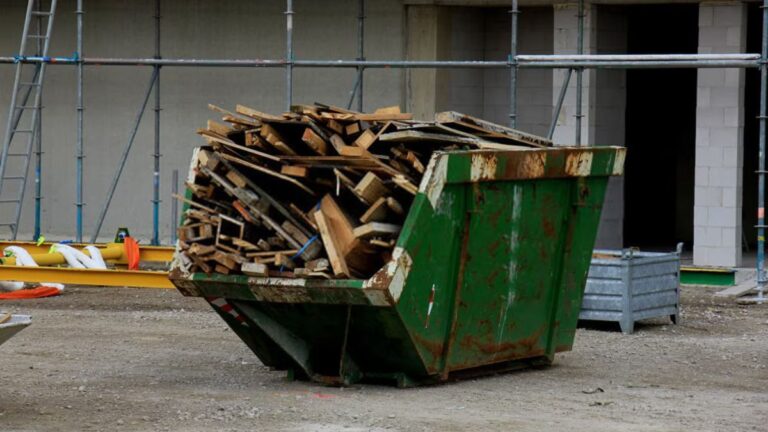Construction projects have a manner of piling up not just systems but hundreds of waste, too. Between the timber scraps, damaged tiles, and leftover concrete, it’s smooth for waste to stack up quicker than you may blink. But handling construction waste doesn’t feel like a countless recreation of “capture-up.” With a few strategic steps and a hint of creativity, you may reduce litter while making a nice impact on the surroundings. Partnering with eco-conscious vendors like winstanley waste paper can make construction waste management far easier and more sustainable.
Reuse Materials:
Instead of letting materials cross directly to the landfill, reflect on consideration on how you may repurpose them on-website online or in different projects. Leftover wood, for example, may be reimagined for framing small systems or even furnishings. Scrap metal? That can be melted down and reused, saving assets and cash in that manner. By retaining those materials in circulation, you’re no longer just saving cash; you’re additionally giving the planet a supporting hand.
Reusing materials doesn’t just cut expenses and reduce construction waste; it provides a certain appeal for your challenge. Every piece of repurposed fabric has its very own little story, making the stop result all the more particular. When you make it a dependency to reuse rather than discard, it’s surprising how long your sources can stretch.
Choose Vendors Wisely:
Some providers might also provide recyclable packaging or take returned excess substances for reprocessing. Others might specialize in sustainably sourced merchandise, which reduces the carbon footprint of your assignment right from the beginning.
Taking a bit more time to investigate and partner with providers who prioritize inexperienced practices could make a global difference. A vendor who stocks your commitment to sustainability can provide insights and thoughts that you won’t have an idea of, like biodegradable substances or packaging. They’re more than only a provider; they’re a companion in making your undertaking as waste-efficient as viable.
Improved Waste Management Solutions:
Traditional construction waste disposal techniques can seem clunky and old. Nowadays, there are construction waste management tools and generation solutions that assist tune, type, and decrease production waste. From smart containers that mechanically kind recyclables to apps that tune waste volume, these innovations make coping with waste simpler and, dare I say, more thrilling.
Proper Waste Segregation:
Set up clearly categorized bins for every type of waste so absolutely everyone in the team is aware of where matters cross. This small step can make a huge distinction in how easily substances may be recycled or reused. Plus, when construction waste is already sorted, it’s less complicated to hand it off to recycling businesses or corporations that accept unique materials.
Recycling:
Construction websites often generate recyclable waste that can be sent lower back into the manufacturing line, like scrap steel, glass, and certain plastics. Recycling isn’t simply an afterthought; it’s an important part of creating construction waste control. Recyclable substances can regularly be used as new products, reducing the need for raw substances and preserving waste out of landfills.
Categorize Your Waste:
All waste isn’t created identically, and lumping it all together can cause ignored possibilities for recycling or repurposing. By categorizing your waste into risky, non-hazardous, recyclable, and reusable kinds, you have an advantage over how each class is treated.
Once you know what kind of waste you’re coping with, it’s simpler to plot its disposal. Hazardous waste, for example, calls for unique handling, at the same time as non-hazardous construction waste can move directly to recycling. By breaking it down into classes, you’re in a higher position to make accountable picks.
Conduct a Waste Audit:
Sometimes, the pleasant manner to address a problem is to understand it from pinnacle to bottom. A waste audit gives you a clean image of what’s being thrown away, how plenty of it is able to be recycled, and where the bulk of the waste is coming from.
Start with the aid of keeping track of the sorts and portions of waste generated at some stage in each phase of construction. Maybe you’ll locate that excess packaging is a major contributor or that certain materials are over-ordered. Armed with this expertise, you could tweak your ordering system, reduce overages, and preserve waste era in the test.
Also, read: What Are the Recent Advancements in Waste Management?
